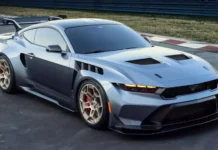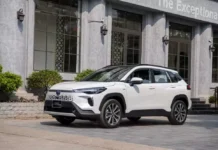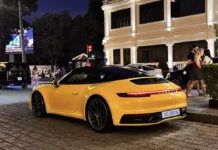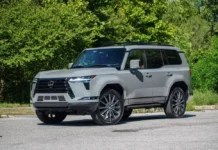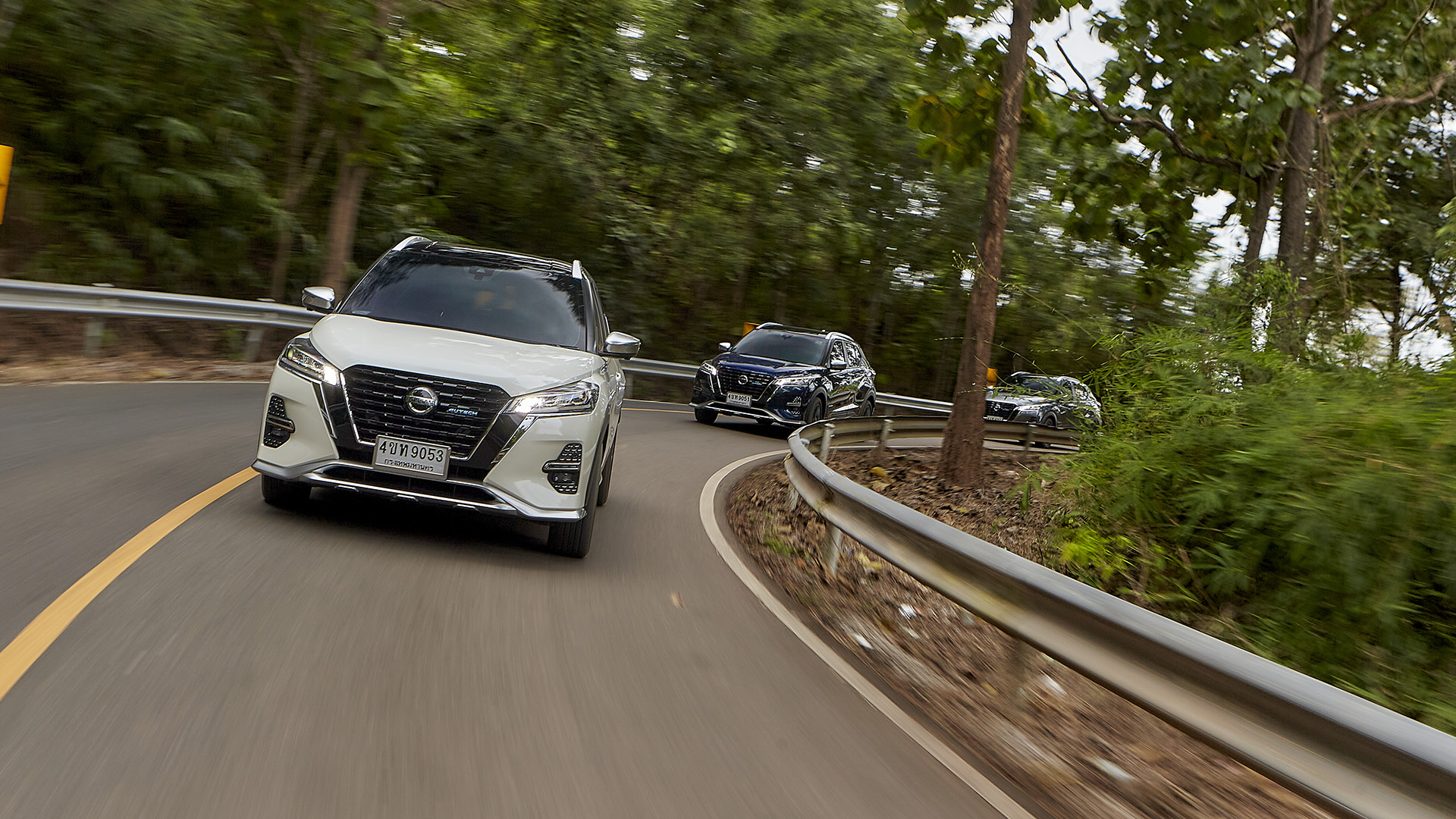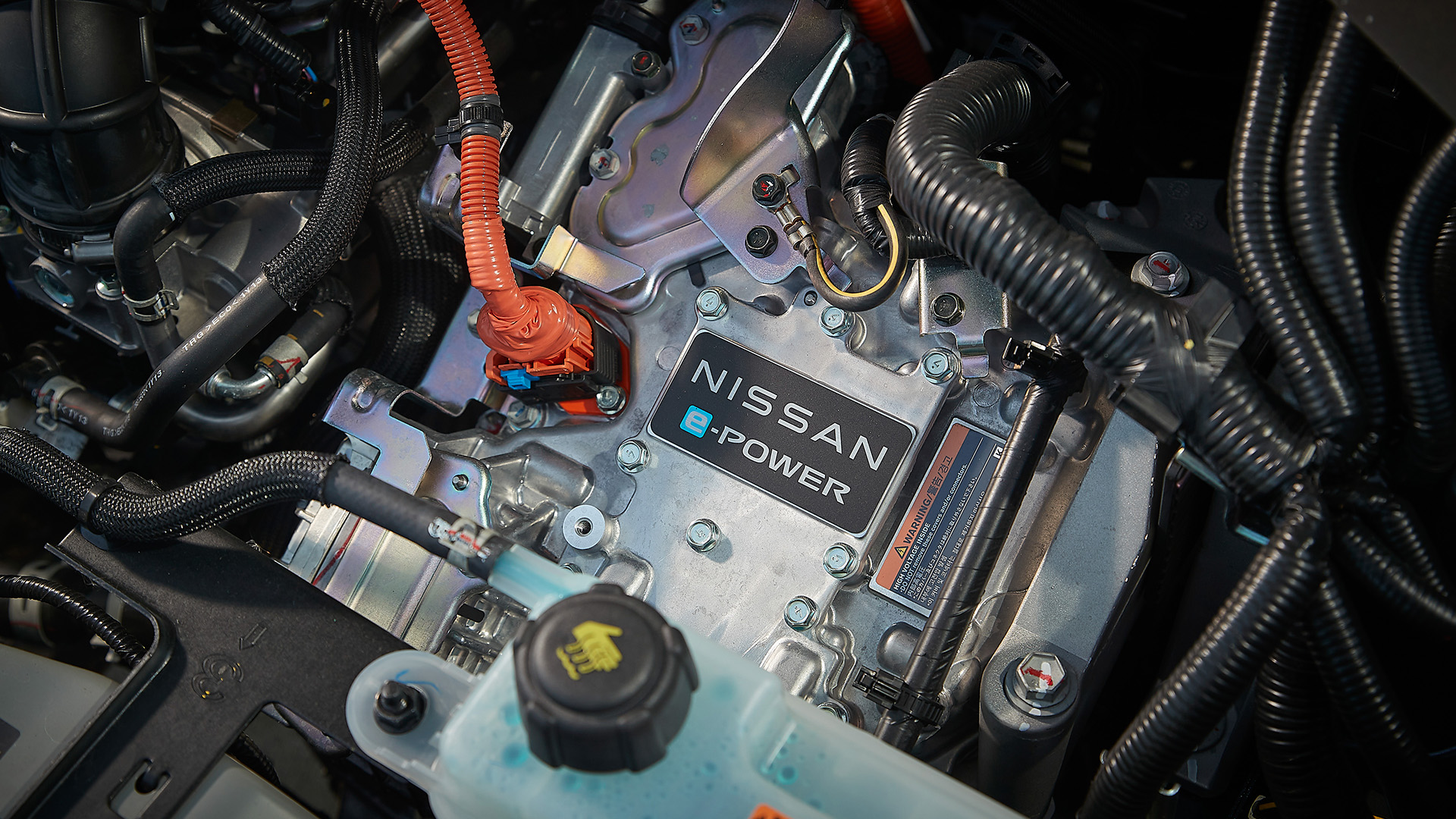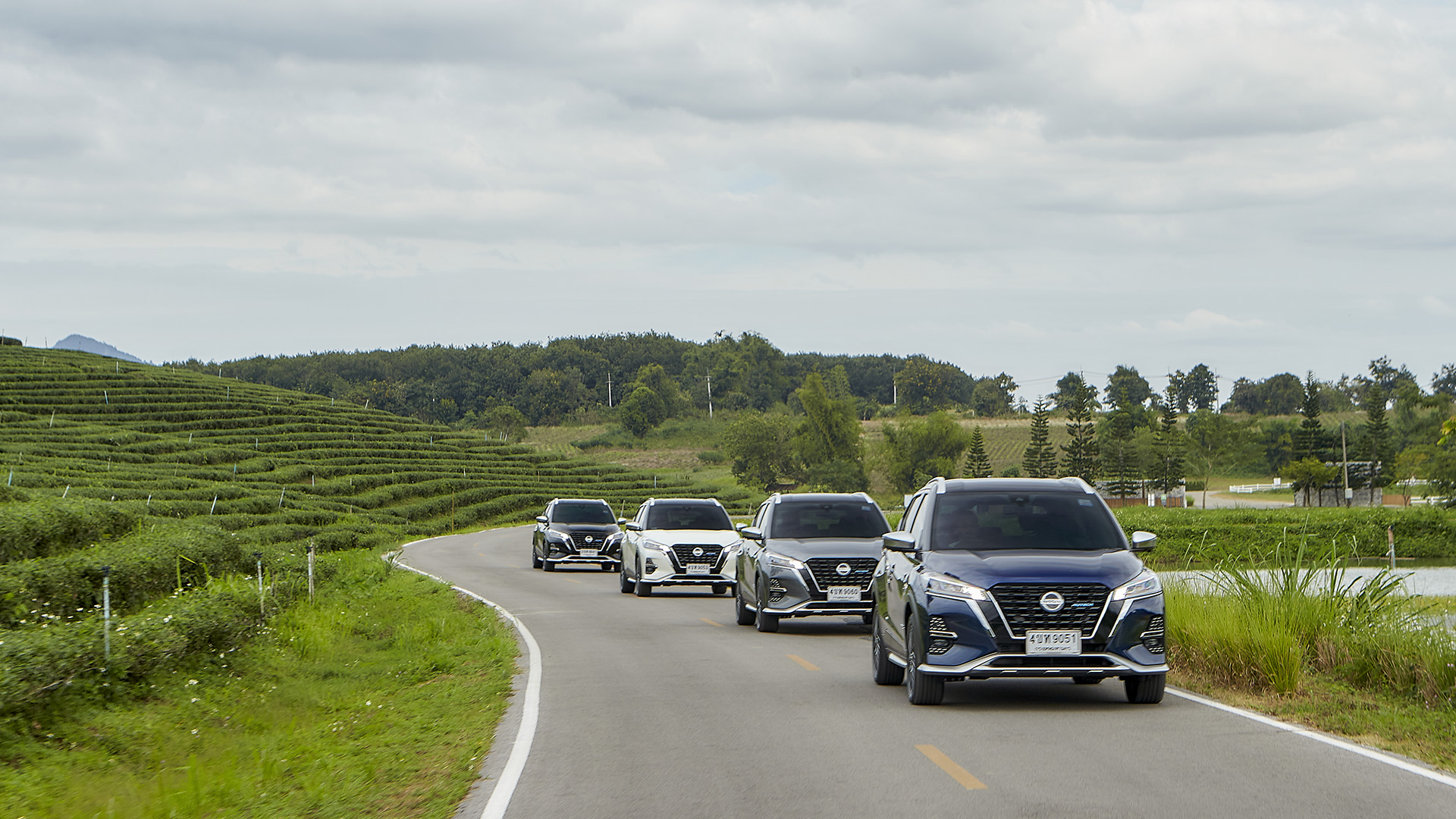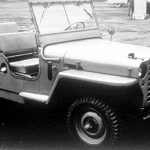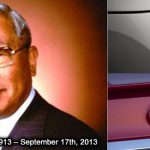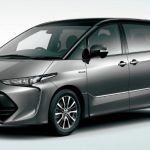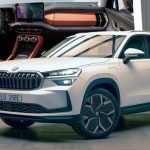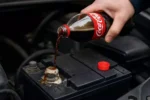That is what I felt most clearly during the e-Power technology experience on the Nissan Kicks model in Thailand recently. In addition, we also had the opportunity to chat and exchange with Mr. Isao Sekiguchi – Chairman of Nissan ASEAN and Nissan Thailand about the potential of the hybrid and electric vehicle market in the future in the ASEAN and Vietnam market.
Currently, the trend of using and supporting electric vehicles in Vietnam is very strong, partly due to the development of domestic electric vehicle brands, alongside many Chinese brands planning to introduce electric vehicles to Vietnam in the near future. Does Nissan have any specific plans for EVs in Vietnam?
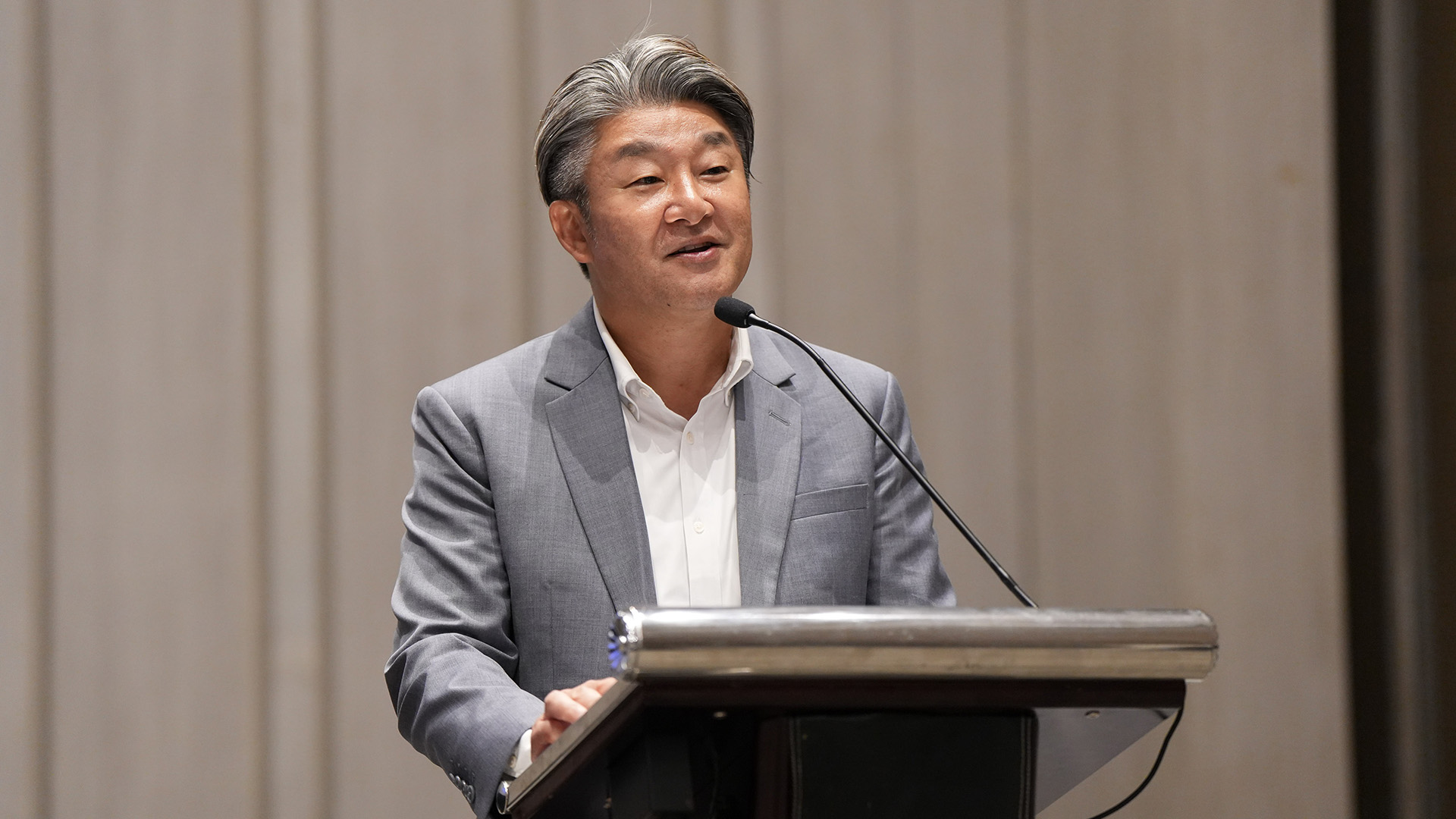
Mr. Isao Sekiguchi: In the future, electric vehicles will be a must-have product in the Vietnamese market. Currently, with the ASEAN market, Nissan has two main targets: e-POWER – in the present, and EV – in the near future due to the infrastructure conditions, consumer usage habits, and the power grid.
At the same time, Nissan is aiming to develop solid-state batteries and commercial production by 2028, and with the emergence of solid-state batteries, the overall landscape of the electric vehicle market will change significantly, as the battery price will have a great impact on the cost of the vehicles, essentially offering many options for both EVs and e-POWERs in the future.
Nissan is currently in the process of finalizing its global mid-term plan from April 2024 to March 2027. This plan will be announced in March next year with many important milestones, including plans for the ASEAN market and plans to commercialize solid-state batteries.
What do you have to share about the characteristics of the ASEAN market and what would you like to share about the current product range?
Mr. Isao Sekiguchi: When choosing a product to launch in different markets, Nissan needs to carefully study customer needs and answer the question of whether these products are suitable for those countries.
One example I would like to share is the Sakura electric model, which has been well received in Japan due to its operating range, charging station network, usage purpose, and customer preferences. However, whether Sakura will be accepted and succeed in ASEAN markets will require in-depth surveys and evaluations, and we are also considering opportunities.
We have clear plans and that is Nissan’s promise; and it will be demonstrated through the mid-term plan (MTP) that we are excited to share next spring.
What is your opinion on competitors from China, as they are developing both EVs and hybrids?
Mr. Isao Sekiguchi: We are very aware of the development level of Chinese brands, especially in recent years. Nissan also acknowledges that the development pace of Chinese products is much faster than initially estimated. The challenges faced by strong competitors from China are not only happening in ASEAN but also in Asia and Europe. And this is the time when not only Nissan but also other Japanese brands need to re-establish their strategies. This will also be clearly demonstrated through the mid-term strategy that Nissan will announce in March next year.
On the other hand, Nissan’s strength is that we have had a long process of development and operation in the Southeast Asian market. We possess technology and have a long history with awards and market understanding. Nissan celebrates its 90th anniversary this year and, at the same time, we are a pioneer and global leader in electric vehicles. Nissan has more than 70 years of experience in developing electric vehicles, and its achievements have been proven in the field of electrification. We will leverage those advantages.
Looking wider, despite the emergence of new competitors, Nissan still asserts itself and its success through the results of its business in the first 6 months of the financial year 2023 (ending on September 30, 2023). Accordingly, Nissan’s consolidated revenue in the first half of the fiscal year 2023 is 6.06 trillion yen, an increase of 1.4 trillion yen compared to the same period last year.
Nissan’s operating profit also increased from 156.6 billion yen to 336.7 billion yen in the past 6 months, doubling compared to the first half of the fiscal year 2022. Nissan’s global sales in the first half of the fiscal year 2023 also increased by 3.3%, reaching 1.62 million units. The market has recorded positive signals for Nissan in Japan, North America, and Europe.
Do you think e-Power will be suitable for commercial vehicles? For example, pickups or buses?
Mr. Isao Sekiguchi: I think that will depend a lot on customer choices and, of course, will also depend on each market. For example, in Thailand, when pickup trucks are used primarily for carrying heavy loads, sometimes up to 2-3 tons, the current battery technology may not be suitable for pickup trucks in Thailand. However, everything is changing, and the development of commercial vehicles based on the BEV platform is being pursued.
Nissan will soon commercialize solid-state batteries in 2028, and then, with technological development, it will open up many product options, including the possibility of an EV or e-Power pickup truck. To add, although electrification is a global trend and although in China, where the acceptance rate of electric vehicles is very high, in many cities, ICE vehicles are still used as the main mode of transportation due to infrastructure difficulties.
Another example is that even in Japan, the current market share of electric vehicles is only 5%. This level is currently quite low, although the government is offering many incentives for electric vehicles, it still has not met the expectations of the industry.
In Japan, Nissan has introduced the X-Trail and Serena e-Power, so is there potential for the X-Trail e-Power in the ASEAN market?
Mr. Isao Sekiguchi: Decisions to expand the e-Power model will be based on customer needs and positive feedback, and I believe that Vietnam, like Thailand, has a growing wave of support for green technologies.
Nissan will accelerate future plans further, and we are in the process of finalizing the global mid-term plan from April 2024 to March 2027. This plan will be announced in March next year with many important milestones, including plans for the ASEAN market.
Le Hung Autodaily
Nissan’s 4WD Vehicles – 65 Years of Historic Journey
After a challenging journey full of obstacles, Nissan has now established a prestigious legacy in the field of 4×4 drivetrains. Through years of research, Nissan has developed cutting-edge technical secrets and world-class technologies, propelling the brand from its early Jeep-inspired models in the 1950s to the bold and powerful vehicles we see today. Let’s take a moment to review Nissan’s renowned legacy in the SUV segment and explore the history of iconic representatives such as the Patrol, Murano, Pathfinder, Qashqai, X-Trail, and Juke through the following information.



